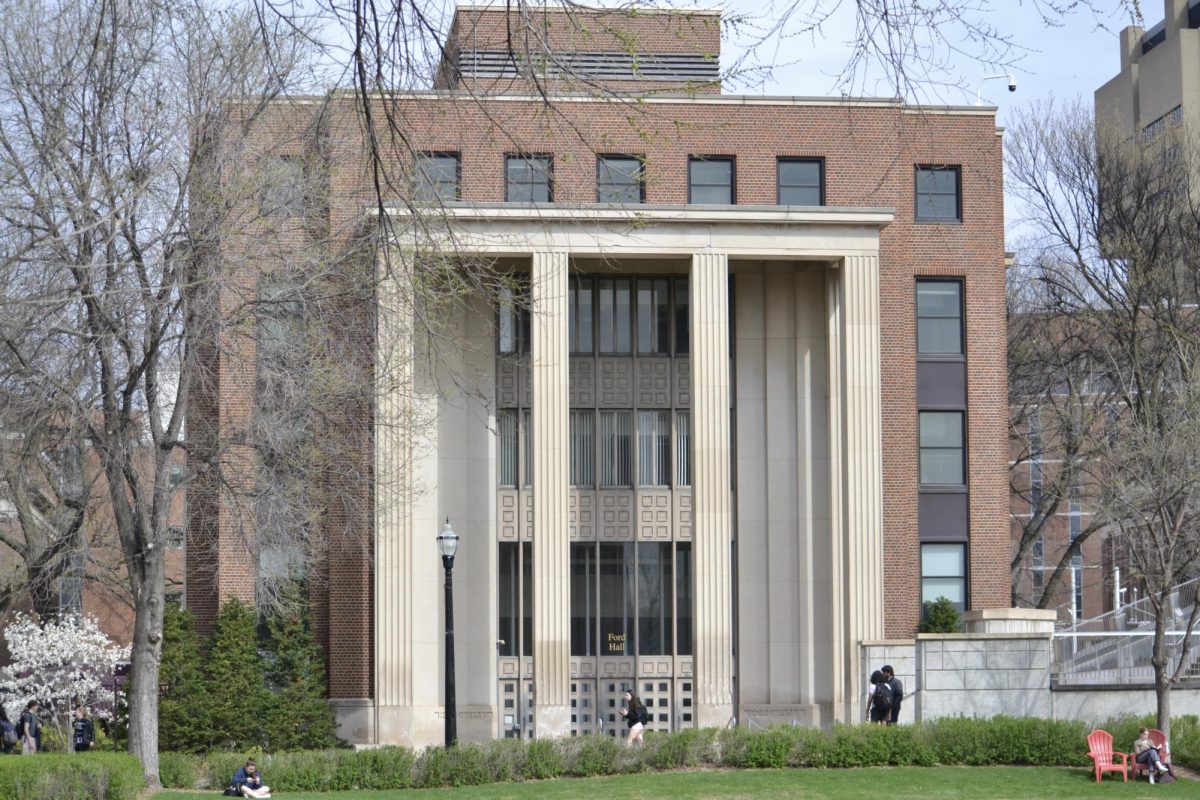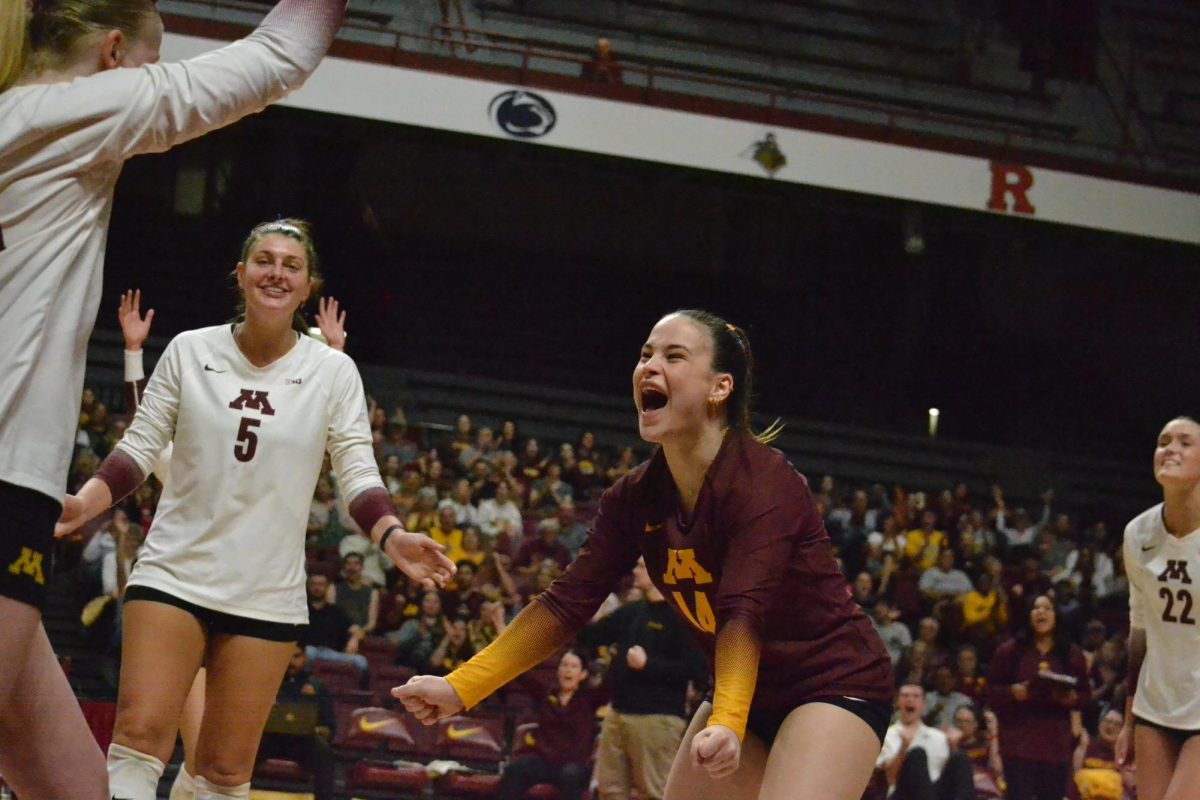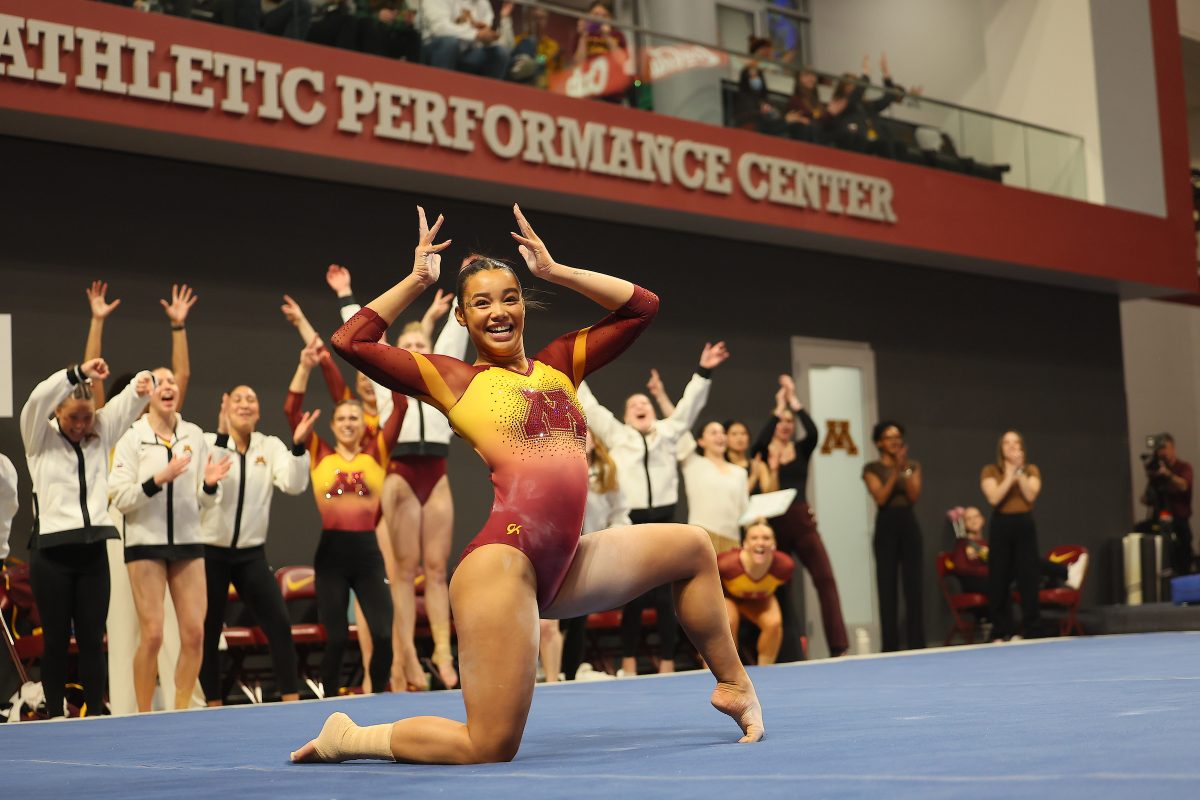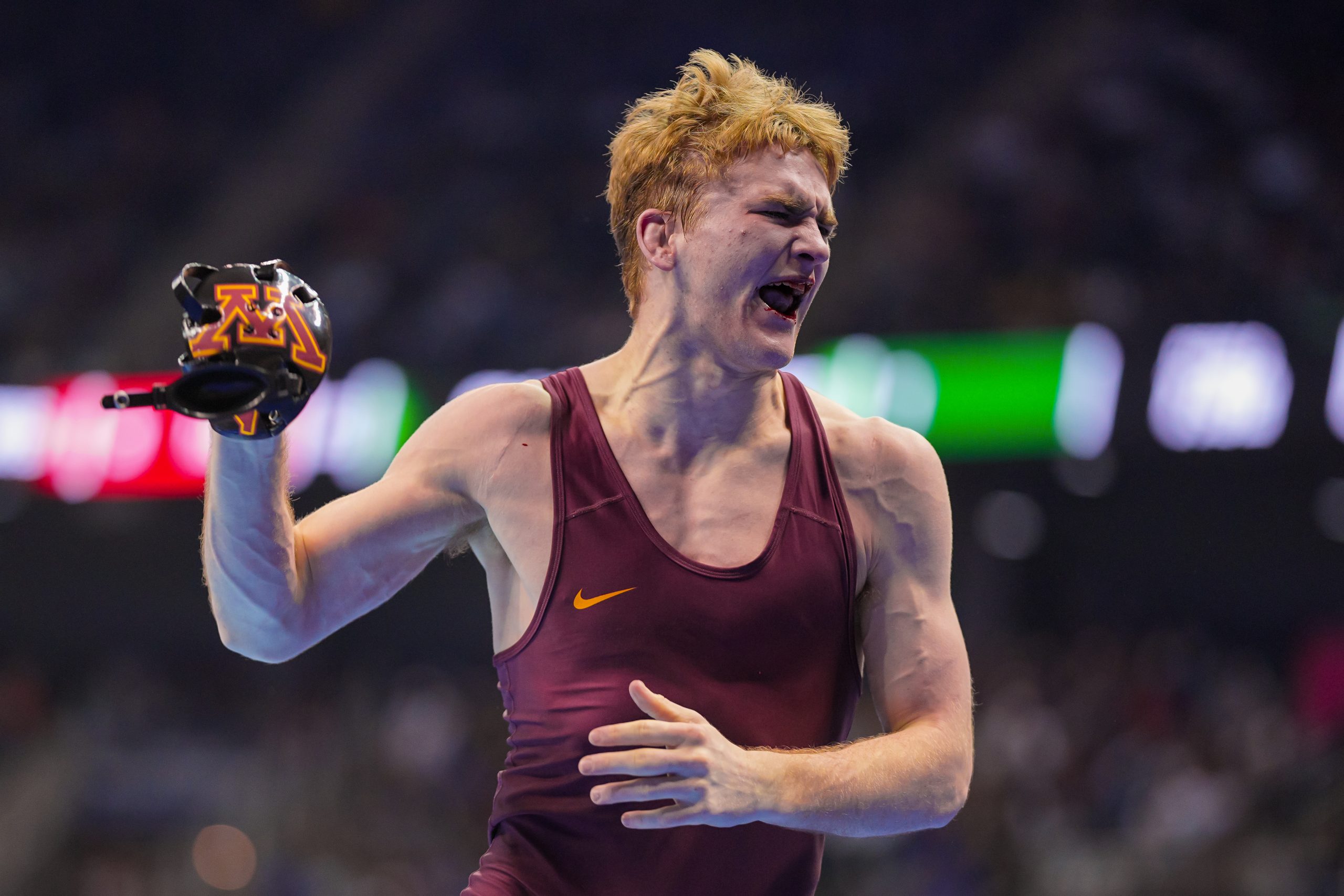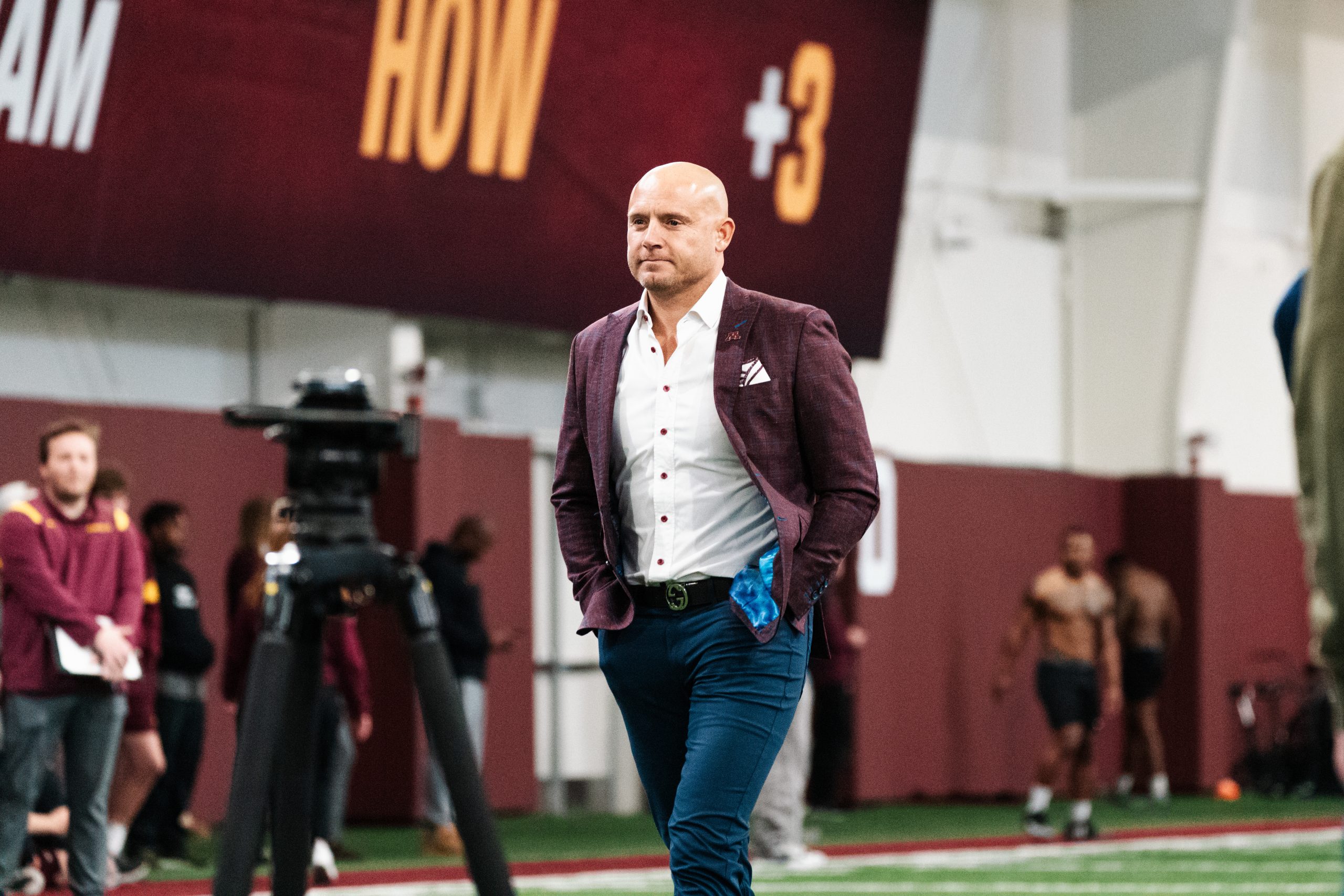Minnesota is one of 15 states that bar television cameras from courtrooms. Currently they are permitted only if the media has the permission of the parties and the judge. This rule has been in effect in some form since 1983. In that time, very few trials have been televised despite the benefits of increased transparency and better understanding of the courts that comes with filming them. Thankfully, the Minnesota Supreme Court has authorized a study investigating effects of cameras in the courtroom. But the study is limited by funding. An already underfunded and overstretched judicial branch cannot afford its $750,000 price tag âÄî nor should they have to. Wisconsin, Iowa and North Dakota have allowed cameras âÄî with strict guidelines âÄî into their courtrooms for years without any ill effects. That has become standard practice in those states. To allow the recording of trails shows that fears associated with this change are overblown. CriticsâÄô fear that courtrooms will turn into a circus has not happened. But the presence of cameras will not turn the court room into a sensationalized episode of Law and Order. One or two cameras do not disrupt proceedings and the judge retains the authority to control media coverage to ensure fair trials. Likewise, victims have nothing to fear from cameras. They âÄî along with juveniles, undercover agents and divorce proceedings âÄî will not be recorded. The state hopes to fund the pilot program through a National Science Foundation grant. We hope it pushes hard for that grant because more transparency in our courts can only lead to a better understanding of them.


